Premium Only Content
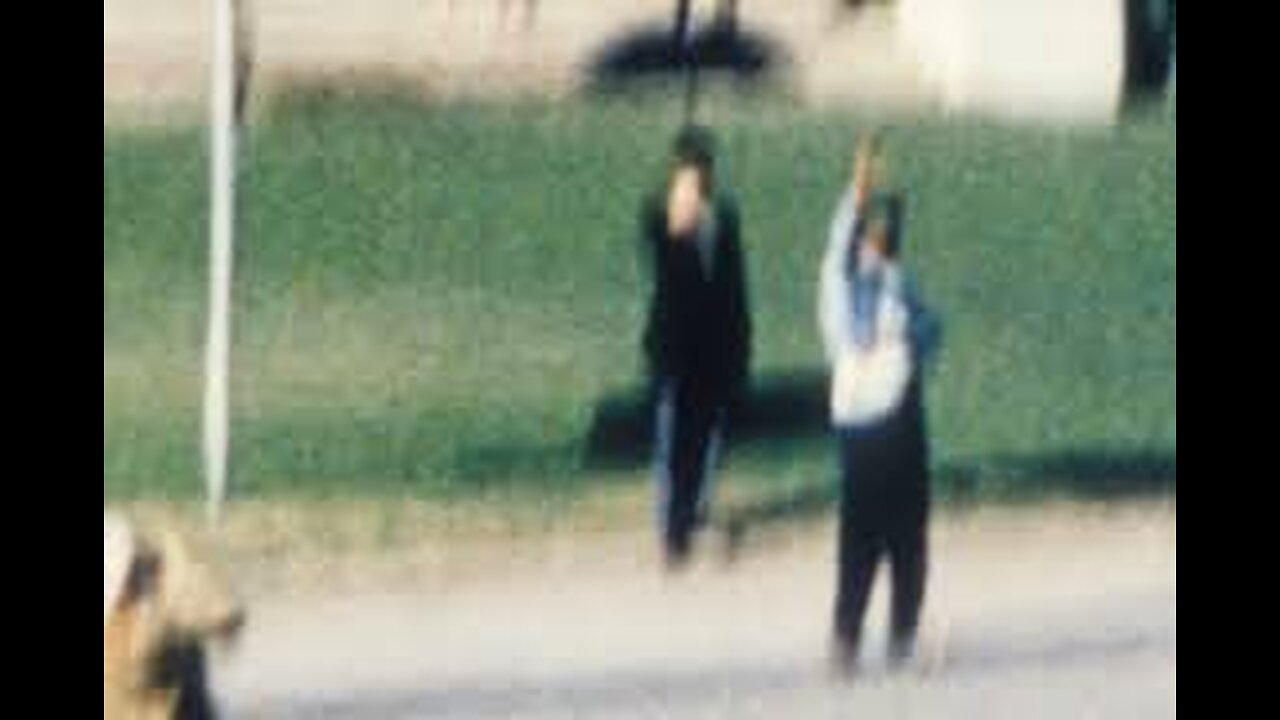
JFK Assassination: "The umbrella was a protest against appeasement" - Umbrella Man Testimony (1978)
The Umbrella Man is a figure who gained notoriety in the assassination of President John F. Kennedy on November 22, 1963, due to his unusual behavior and appearance. During the assassination, a man was seen standing near the street corner holding an open umbrella on a sunny day, which appeared to be a highly unusual sight. Many have speculated that this man may have played a role in the assassination, possibly as a signal to the shooter or to distract witnesses.
The identity of the Umbrella Man was not known until he was identified by name during the HSCA (House Select Committee on Assassinations) investigation in 1978. His name was Louie Steven Witt, and he testified before the committee about his actions on the day of the assassination. Witt claimed that he was holding the umbrella as a form of protest against former British Prime Minister Neville Chamberlain's policy of appeasement towards Nazi Germany in the years leading up to World War II.
While Witt's testimony did not provide any evidence to suggest that he was involved in the assassination plot, it did shed light on a mysterious aspect of the event and helped to dispel some of the conspiracy theories surrounding the Umbrella Man. Witt's testimony was significant in that it helped to clarify one of the many unresolved questions surrounding the assassination and provided an example of how seemingly innocuous actions can become the subject of intense scrutiny and speculation in the context of a major historical event.
Witt testified that he had brought the umbrella to the event as a form of protest against former British Prime Minister Neville Chamberlain's policy of appeasement towards Nazi Germany in the years leading up to World War II.
During his testimony, Witt explained that he had raised and lowered the umbrella multiple times during the motorcade, as a form of protest against Kennedy's father, who had served as the U.S. ambassador to the United Kingdom during Chamberlain's tenure. Witt maintained that he had not been involved in any way with the assassination and that the umbrella was not a signal to anyone.
Witt's testimony was significant in that it helped to dispel some of the conspiracy theories surrounding the Umbrella Man and to clarify one of the many unresolved questions surrounding the assassination. Witt's explanation of his actions was plausible and helped to explain why he had carried the umbrella that day. However, some have continued to speculate that there may have been more to Witt's role in the events of that day than he was willing to admit.
The "umbrella man", identified by the United States House Select Committee on Assassinations in 1978 as Louie Steven Witt, is a name given to a figure who appears in the Zapruder film, and several other films and photographs, near the Stemmons Freeway sign within Dealey Plaza during the assassination of United States President John F. Kennedy.
Witt is the subject of a 2011 documentary short, The Umbrella Man, by Errol Morris for The New York Times.[1]
Speculation
A person popularly dubbed the "umbrella man" has been the object of much speculation, as he was the only person seen carrying, and opening, an umbrella on that sunny day. He was also one of the closest bystanders to President John F. Kennedy when Kennedy was first struck by a bullet. As Kennedy's limousine approached, the man opened up and lifted the umbrella high above his head, then spun or panned the umbrella from east to west (clockwise) as the president passed by him. In the aftermath of the assassination, the "umbrella man" sat down on the sidewalk next to another man ("Dark Complected Man") before getting up and walking towards the Texas School Book Depository. The fact that both men sat there so calmly after the shooting has raised suspicion.
Early speculation came from assassination researchers Josiah Thompson and Richard Sprague who noticed the open umbrella in a series of photographs. Thompson and Sprague suggested that the "umbrella man" may have been acting as a signaler of some kind, opening his umbrella to signal "go ahead" and then raising it to communicate "fire a second round" to other gunmen.[2][3] The "umbrella man" is depicted as performing such a role in Oliver Stone's film JFK[4] and The X-Files episode "Musings of a Cigarette Smoking Man."[5]
Another theory proposed by conspiracy theorist Robert B. Cutler and endorsed by Colonel L. Fletcher Prouty is that the umbrella may have been used to fire a dart with a paralyzing agent at Kennedy to immobilize his muscles and make him a "sitting duck" for an assassination.[3]
Journalist Penn Jones Jr was approached by someone who mentioned the name of Louie Steven Witt. When he was tracked down he barely wanted to interact with journalists but offered to testify before the HSCA.[6] His statement of only holding up the umbrella did not reflect what he actually did at that moment as he was moving the umbrella during the moment of shooting.
An idea speculated by the HSCA is that the umbrella may have been held as a symbol of protest regarding the US government's failure to provide an "umbrella" of air support during the Bay of Pigs invasion.
The peculiar behaviour of the Dark Complected Man standing (and later sitting) next to him has raised speculation about their roles that day.
Identification
After an appeal to the public by the United States House Select Committee on Assassinations (HSCA), Louie Steven Witt came forward in 1978 and claimed to be the "umbrella man".[7] He claimed to still have the umbrella and did not know he had been the subject of controversy. He said that he brought the umbrella simply to heckle Kennedy, whose father, Joseph, had been a supporter of the Nazi-appeasing British Prime Minister Neville Chamberlain. By waving a black umbrella, Chamberlain's trademark fashion accessory, Witt said he was protesting the Kennedy family appeasing Adolf Hitler before World War II. An umbrella had been used in cartoons in the 1930s to symbolize such appeasement, and Chamberlain often carried an umbrella.[7][8][9] Kennedy, who wrote a thesis on appeasement while at Harvard, Why England Slept, might have recognized the symbolism of the umbrella. Black umbrellas had been used in connection with protests against the President before; at the time of the construction of the Berlin Wall, a group of schoolchildren from Bonn sent the White House an umbrella labeled Chamberlain.[10]
Testifying before the HSCA, Witt said "I think if the Guinness Book of World Records had a category for people who were at the wrong place at the wrong time, doing the wrong thing, I would be No. 1 in that position, without even a close runner-up."[7][11]
Witt died on November 17, 2014.[12]
See also
Dark Complected Man
Black dog man
Badge Man
Three tramps
Babushka Lady
Notes
Morris, Errol (November 21, 2011). "The Umbrella Man". The New York Times. Archived from the original on October 2, 2013. Retrieved February 17, 2014.
Richard E. Sprague and Robert Cutler (June 1978). "The Umbrella System: Prelude to an Assassination". Gallery Magazine. Archived from the original on 2014-10-15. Retrieved 2013-12-04.
"The Umbrella Man Shooting Darts in Dealey Plaza". Mcadams.posc.mu.edu. 1960-07-29. Archived from the original on 2011-11-25. Retrieved 2011-11-29.
Jonsson, Patrik (November 22, 2013). "JFK assassination: Why suspicions still linger about 'Umbrella Man'". The Christian Science Monitor. Archived from the original on September 20, 2014. Retrieved September 19, 2014.
Glen Morgan (director and writer). "Musings of a Cigarette Smoking Man". The X-Files. Season 4. Episode 7. Fox Home Entertainment.
https://history-matters.com/archive/jfk/hsca/reportvols/vol4/pdf/HSCA_Vol4_0925_7_Witt.pdf[bare URL PDF]
"House select committee on assassinations testimony, September 25, 1978". History-matters.com. Archived from the original on 2015-09-24. Retrieved 2013-12-04.
"Example of umbrella used in a 1930s appeasement cartoon". Archived from the original on 2011-11-03. Retrieved 2011-11-29.
"The Umbrella Man'". New York Times. November 21, 2011. Archived from the original on 2011-11-29. Retrieved 2011-11-29.
Tusa, Ann (1997). The Last Division: A History of Berlin, 1945-1989. Addison Wesley. p. 297.
Gentry, Margaret (1978-09-26). "'Umbrella Man' Theory Destroyed". The Times-News. Hendersonville, N.C. Associated Press. p. 11. Retrieved 2016-03-16.
"Obituary". Archived from the original on 2015-04-08. Retrieved 2015-04-03.
External links
The JFK 100: The Umbrella Man
JFK Assassination Home Page: The Umbrella Man in Dealey Plaza
JFK Assassination Home Page: The Umbrella Man Shooting Darts in Dealey Plaza
"The Umbrella Man: Assassination of JFK" (Video) – via YouTube.
vte
Assassination of John F. Kennedy
John F. Kennedy Lee Harvey Oswald
Assassination
Assassination rifle Timeline J. D. Tippit John Connally Nellie Connally Jacqueline Kennedy
Pink Chanel suit James Tague William Greer Roy Kellerman Clint Hill Zapruder film
Abraham Zapruder Dealey Plaza Texas School Book Depository
Sixth Floor Museum Presidential limousine Parkland Hospital Witnesses Marie Muchmore Orville Nix Three tramps Babushka Lady Badge Man Umbrella man
Aftermath
Autopsy Reactions Johnson inauguration Jack Ruby Ruby v. Texas Dictabelt recording Conspiracy theories
CIA Single-bullet theory 1992 Assassination Records Act In popular culture Robert N. McClelland (surgeon) Charles Baxter (physician) Malcolm Perry (physician) Earl Rose (coroner) Dallas memorial
State funeral
Foreign dignitaries Burial site and Eternal Flame Black Jack (horse)
Investigations
Warren Commission Jim Garrison investigation House Select Committee on Assassinations Researchers
Category
Categories:
Witnesses to the assassination of John F. Kennedy1924 births2014 deaths
https://en.wikipedia.org/wiki/Umbrella_man_(JFK_assassination)
-
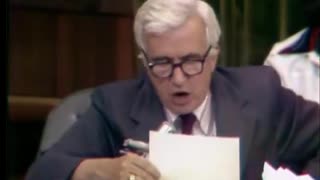 3:50:14
3:50:14
The Memory Hole
6 months agoNixon Impeachment Hearings Day 2 (1974-07-24)
1.2K -
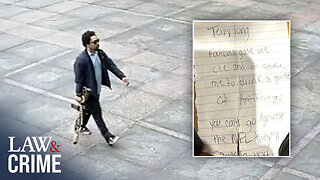 24:58
24:58
Law&Crime
5 hours ago $0.49 earnedSecond Note Leaves Disturbing Clues in New York City Killings
7.46K4 -
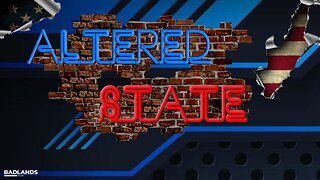 DVR
DVR
Badlands Media
20 hours agoAltered State S3 Ep. 39
31.3K7 -
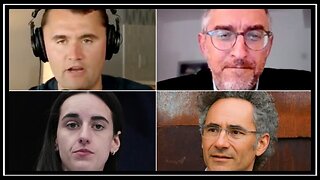 2:04:07
2:04:07
Due Dissidence
10 hours agoCharlie Kirk's GAZA LIES, Caitlin Clark Stalker, Palantir Goes Hollywood - w/ Kyle Matovcik | TMWS
9.52K3 -
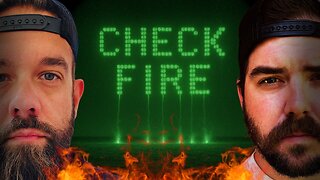 LIVE
LIVE
I_Came_With_Fire_Podcast
11 hours agoAmerica First, Trump Threatens China, Your Friendly Neighborhood Illegal, EPA Gets a "W"
134 watching -
 LIVE
LIVE
Geeks + Gamers
1 hour agoGeeks+Gamers Play- MARIO KART WORLD
163 watching -
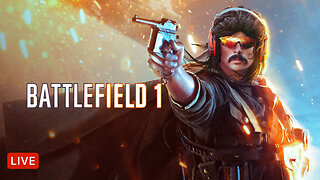 8:28:19
8:28:19
Dr Disrespect
11 hours ago🔴LIVE - DR DISRESPECT - BATTLEFIELD 1 - FULL GAME
153K7 -
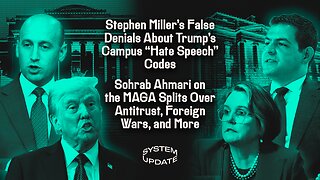 1:39:26
1:39:26
Glenn Greenwald
6 hours agoStephen Miller's False Denials About Trump's Campus "Hate Speech" Codes; Sohrab Ahmari on the MAGA Splits Over Antitrust, Foreign Wars, and More | SYSTEM UPDATE #495
98.3K37 -
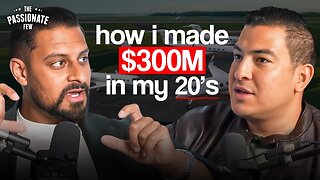 1:57:28
1:57:28
Omar Elattar
7 hours agoThe $300M CEO: "The One Skill That Made Me Rich In 15 Different Countries!"
12.9K -
 LIVE
LIVE
xXFadedAngelXx
2 hours ago180 HOURGLASS PULL! Wisdom of Sea and Sky (Pokemon TCG Pocket) Then some RL with Meditayte later
9 watching